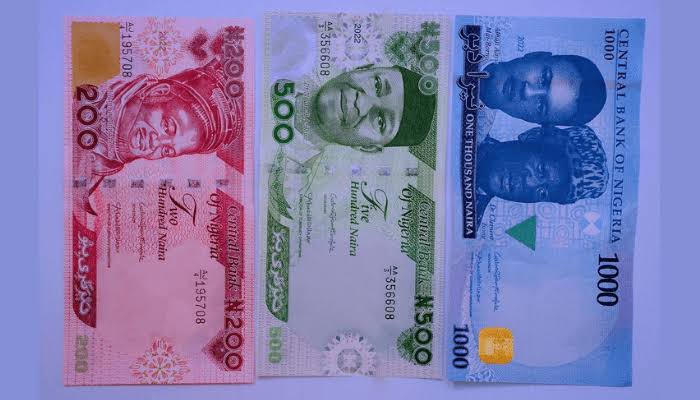Report by Kamil Opeyemi
The Managing Director of the Nigerian Security Printing and Minting (NSPM) Plc, Ahmed Halilu, says the recently redesigned naira banknotes; N200, N500, and N1,000 passed through the same printing processes as the others in circulation.
The MINT MD,in a statement on Friday while reacting to the concerns associated with the quality of redesigned notes said the statement was imperative to address the misconception about the quality of the new Naira notes.
He described the company as the nation’s foremost security printing and minting company saddled with the responsibility of producing the country’s currency.
The statement read: “The attention of the Nigerian Security Printing and Minting (NSPM) Plc has been drawn to various clips,skits, concerns and comments on various platforms regarding the quality of the redesigned banknotes that were recently unveiled and issued by the Central Bank of Nigeria(CBN)
“As the nation’s foremost security printing and Minting company saddled with the responsibility of producing the country’s currency (Naira), we find it expedient to address the salient issues and further enlighten Nigerians on the features of the Naira,and most importantly,the misconception about the quality of new Naira notes.
“The NSPM Plc has been meeting the currency needs of Nigeria with the support of the Central Bank of Nigeria since 2014. Indeed, Nigeria has achieved zero importation of currency, developed local capacity and, to an extent, conserved foreign exchange within this period.
“We want to inform all Nigerians that the new Naira notes are of the same substrates and passed through the same printing processes and finishing procedures. It is, therefore, basically the same as the other notes in circulation.It also leaves traces of intaglio inks when rubbed on plain white surfaces.”
Speaking about the physical qualities of the new banknotes, Halilu explained that the bills are generally light when issued, then become heavier in circulation on getting in contact with “dirt and moisture”.
“In addition, the second stage of currency printing (lntaglio) requires a heavy deposit of special inks with fairly large particles to give a tactile feeling of the portraits as well as other raised prints by way of design.
“One of the properties of intaglio inks is non-solubility in water and ease of transfer (light stain) on plain white materials owing to the size of the particles. This is generally a security feature of all banknotes that easily differentiates them from forged or counterfeited notes,” he said.
He, however urged Nigerians not to subject the banknotes to any kind of experiments in order to prove a point adding that the Naira is the nation’s legal tender and National Symbol.
He assured Nigerians that best international practices had been deployed in the production of Naira notes adding that the same procedure shall continue in order to meet the international standards
Recall that,the Central Bank of Nigeria (CBN) Governor, Godwin Emefiele, had on October 26, 2022 announced the redesign of the three banknotes,N200,N500 and N1000 respectively.
According to him,the new and existing currencies will remain legal tender and circulate together until January 31, 2023.
The apex bank argued that the redesigned notes will limit cash in circulation and therefore restrict the deplorable activities of ransom-demanding kidnappers.
He also argued that, the decision would also curb vote buying and other related issues.
President Muhammadu Buhari, in November, unveiled the redesigned naira notes as proposed by the CBN, marking the first time in 19 years since Nigeria’s last currency redesign.


